Parallels Between the Adobe Flash Games Era & Now in Web3
RIP Adobe Flash Player, 1996-2020
The Flash Player software was launched by Adobe in 1996, and quickly became as indispensable as it was widespread. By 2011, 28.5% of all websites on the Internet used it.
Supported on both web browser and mobile devices, the average internet user relied on Flash Player to create and see certain types of digital media such as video, audio or games. This software was responsible for allowing websites on Internet to go from looking like exhibit A to exhibit B.
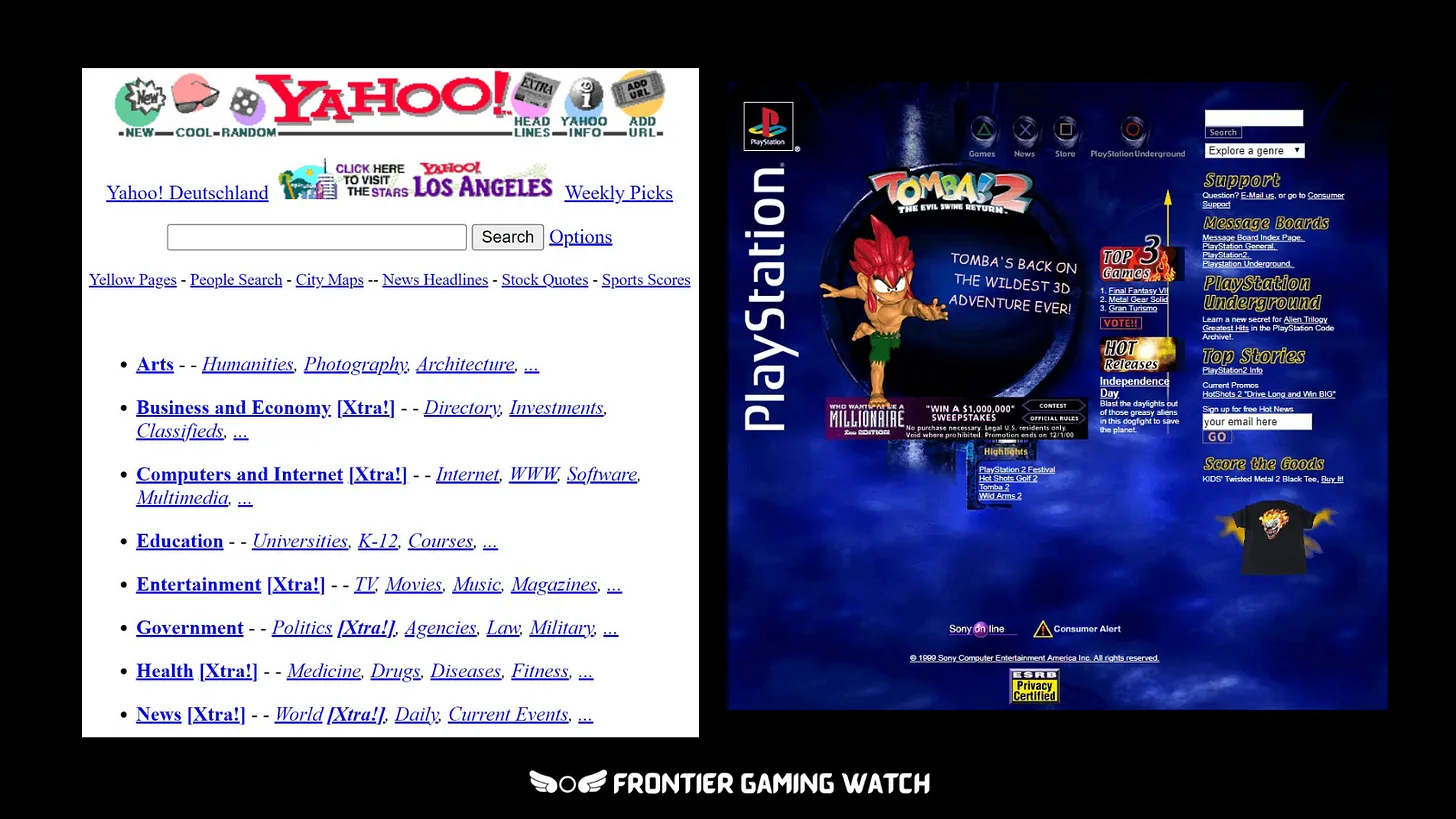
A Golden Era for Indie Gaming
Flash Player completely revolutionised the gaming industry by unlocking creativity like nothing that had been seen before in the whole existence of the Internet.
The barrier of entry to game-making was effectively broken down with its introduction – non-program-oriented people had the opportunity to make games for the first time.
“It was the perfect storm. Small file sizes, low requirements, a true form of meritocracy.”
– Ben Latimore, Flashpoint developer (For GameIndustry)
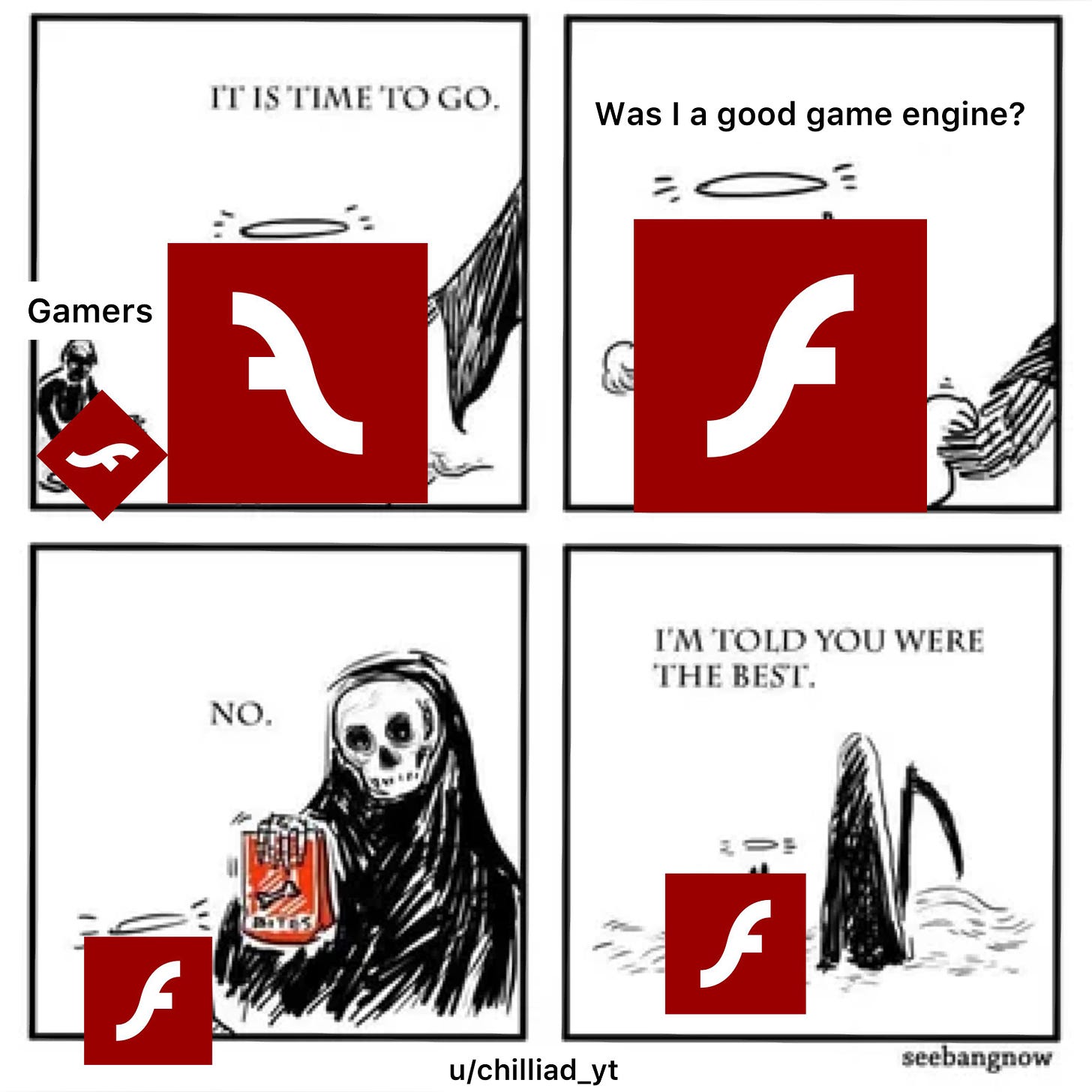
Furthermore, the introduction of Flash opened up new avenues of monetisation for indie game developers. From a VentureBeat article from 2009, ‘Thousands of Flash game developers make more than 1000 a month’:
“About a third of Flash developers say they monetise their games in four different ways, including running ads or enabling micro-transactions so that players can buy virtual goods, such as extra weapons or decorative clothing.
About 58% use ads wrapped around games; 43% use sponsors, and 25% get revenue from licensing, ads on web sites and creating custom games for brands.
About 25% make games in less than a month, and 49% make games in one to three months.”
If you had access to a computer in the early 2000s, there’s no doubt you remember Flash game websites including Miniclip, Armor Games, Big Fish Games and more. This way of gaming was incredibly social, since all you needed was to share the game URL and play in a web browser. No need to purchase a console, no need to create an account, no need to download anything. Oh and yes, Club Penguin was built with Flash Player too.
One thing to bear in mind is that these game aggregator websites were hand-curated, and many had a system where they’d rank the game higher on the front page if it had higher player ratings. This was a time before algorithms, discoverability was a complete different ball-game.
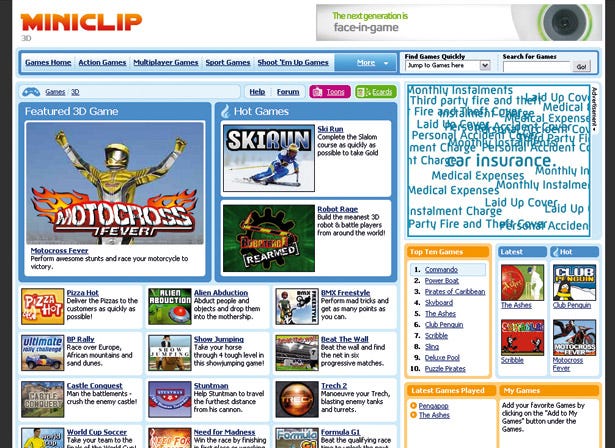
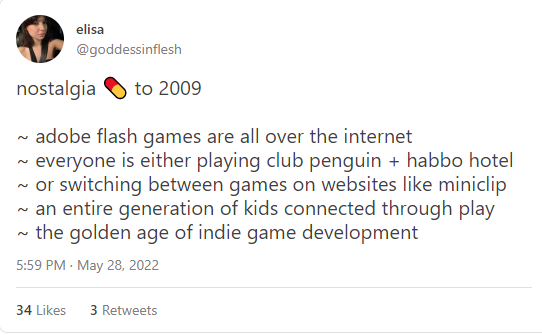
Similarities between Then and Now
Blockchain was the first technology to disrupt markets this decade of 2020s — and is already pushing talent throughout the gaming industry to innovate. Thus far it has allowed for a ton of experiments in on-chain gaming (see MUD, Realms, Dark Forest), and also in creating crypto-powered developer networks (see TreasureDAO, BibliothecaDAO). The fun is just beginning when it comes to designing new economic frameworks and incentivising more collaborative, mutually-beneficial relationships between developers and their core player communities, pro players, content creators, gaming influencers.
Generative AI is the second technology that will completely turn gaming on its head by helping generate concept art, save hundreds of hours, allow smaller teams to have the same output as bigger teams (thus compete better), and more. We’ve already been seeing tools arise, a good one being Scenario.gg which allows teams to “create high-quality, style-consistent, proprietary assets for your games”. AI has been present in gaming for decades and will continue to be, albeit in different ways. Nonetheless, it is a wonderful compliment to blockchain in the Web3 gaming tech stack.
Check out this great explainer video by a16z Games on ‘Can Generative AI change the Future of the Gaming Industry?’.
Overall there are 3 distinct parallels that can be drawn between then (Flash Player games era) and now (Web3 gaming):
-
The Democratisation of Game Development
-
Through the introduction of new tools and tech
-
-
More Monetisation Opportunities
-
Decreased reliance of game studios + indie devs on publishers for revenue and monetisation
-
Web3 extends this to eSports teams, content creators and gaming influencers
-
-
Shortening of Video Game Lifecycles
-
Smaller teams can produce more output in less time thanks to new tools (and DAO ecosystems with strong network effects, in Web3)
-
If not less time, game developer teams can produce more output with less resources
-
More games coming to market
-
-
Return of the Web Browser?
Taking the similarities of the Flash Player era and now in Web3, it seems obvious that the browser could make a comeback. Indeed, it could see to become the perfect medium and playground for game developers to innovate freely, away from predatory platform fees and the inflexibility of building in iOS/Android.
Kudos to Sam Peurifoy who holds a similar thesis. In his article ‘Browser Gaming is the Near Future’, he identifies 5 key trends which could signal its comeback:
1. Pushback on Platform Feed (App Store, Epic Games, Steam)
-
2. WebGPU may replace WebGL which would permit 3.5x+ better performance
-
3. Investors will deploy capital to more monetisation-driven gameplay experiences which are usually synonymous with mobile (and soon, browser)
-
4. AI Tools
-
5. Blockchain and digital ownership
There is a possibility that browser-based games see a lot more revenue than they’ve seen in recent years thanks to blockchain. We shall see.
A Cautionary Tale
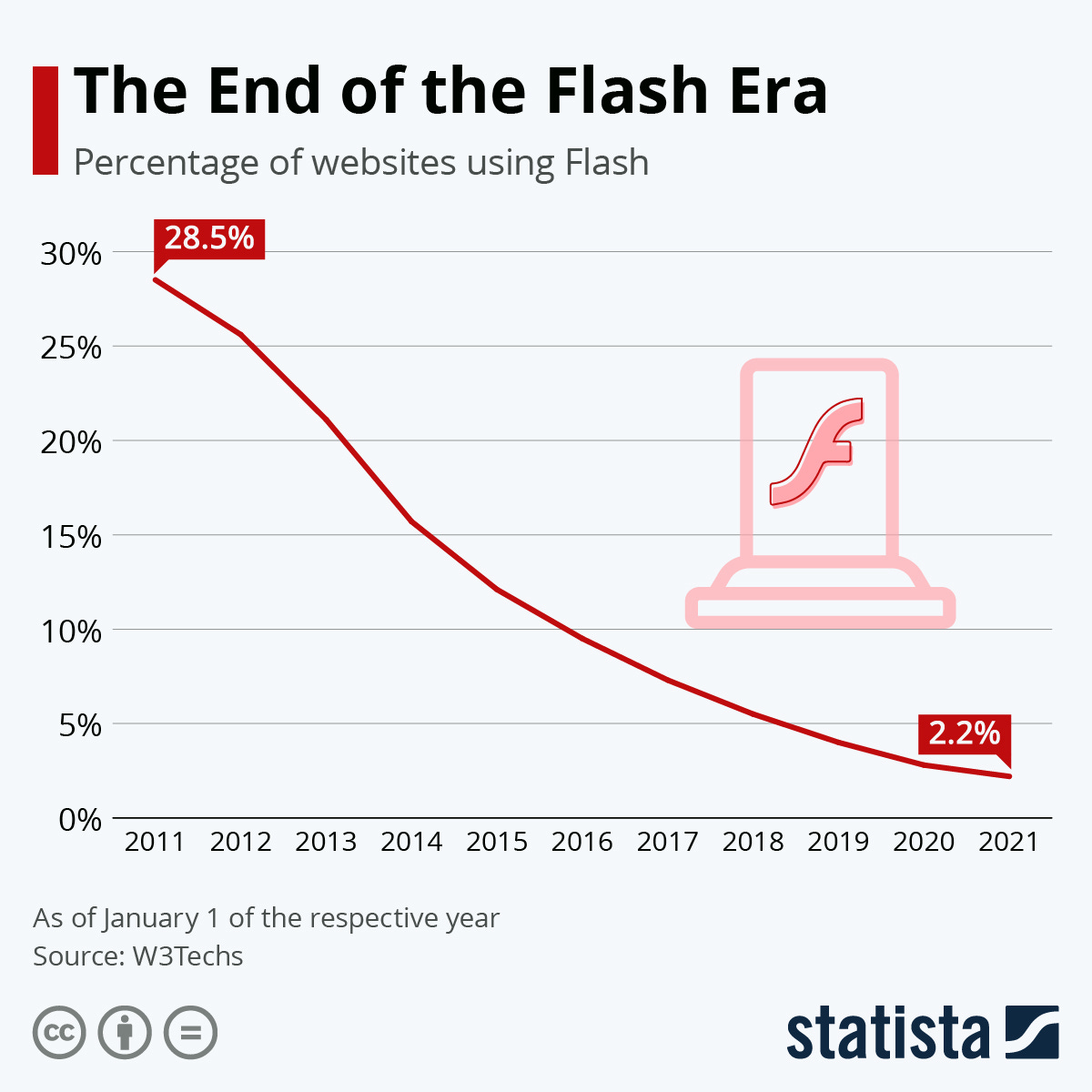
Ultimately, Adobe Flash usage swindled down over the span of a decade because of security concerns.
No matter how ground-breaking a piece of technology is, it is ultimately limited by the integrity of its security. Web3 gaming will need to buckle down on security to survive, which in turn won’t be achieved by cutting corners.
An issue that is critical at the moment is protecting players from bad actors, since most games out now still have the “connect wallet” in their front-end, assets continue to be at risk. All it takes is a phishing link.
This is actually one of the main reasons why I’m paying close attention to projects working on game tech which lowers security risks for players and games alike.
If you have any thoughts to share on the topic, feel free to comment!





Reviews